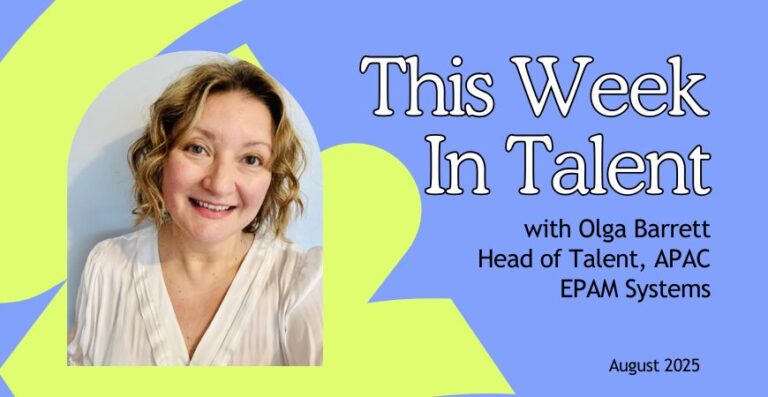Power Partnerships: How the best work is not done in isolation
The day had come, I was stepping into a new, exciting role. I had been eager to flex my muscles, and this was my chance. As the Contingent Workforce Lead within an incredible Talent team at a well-known brand, I had the perfect opportunity to test myself and make an impact. But as excited as I was, I also found myself staring down the barrel of a big, hairy problem.
The problem? The people I worked with weren’t having a great experience when trying to secure short-term resources. The Talent team had a well-established and well-thought-out MSP. The Procurement team knew how to navigate the SOW market. The Employee Relations team understood the legislation and how to keep us compliant. But our hiring managers? They didn’t always know which solution best suited their needs or fully grasp the rules and regulations they had to follow.
I understood the problem. What I didn’t know was how to tackle it.
I had two choices. I could take the well-trodden path of the lone wolf, letting siloed thinking continue while convincing myself (and hopefully my boss) that I was making progress. Or I could bring people together and find a way to work collaboratively. I knew teamwork would lead to a better outcome, but I also knew I might run into challenges – departmental turf wars, capability gaps, misaligned priorities, or an inability to commit to a shared goal. I figured I’d deal with those if and when they appeared. So, I went for it.
We came together – Talent, Procurement, Employee Relations. With three passionate people who knew their stuff and cared deeply about the work, we achieved far more than I ever could have alone.
If you look at a Venn diagram of the needs and drivers of Talent Leaders, Procurement Leaders, and Employee Relations, the overlap is surprisingly small, yet their alignment is critical to managing a successful contingent workforce. Talent focuses on speed and delivery, candidate experience, and securing the right skills. Procurement is driven by cost control, risk mitigation, and contract compliance. Employee Relations ensures adherence to labor laws, fair treatment, and risk management. Each function has its own priorities, but without collaboration, you risk inefficiencies, compliance issues, and missed opportunities. When these three teams work together, they can create a balanced strategy that supports both business agility and governance.
Did we have some tough conversations? Yes.
Did we face any of the tricky challenges I had worried about? A few.
But did we get there? Absolutely.
A powerful tool when dealing with different perspectives, priorities and agendas is to first start with what we all agree on. We all acknowledged business service level needs, we all recognized that compliance wasn’t optional, we all understood the risks of getting it wrong. Anchoring discussions in these shared facts created a common foundation, making it easier to introduce new information and move the conversation forward.
From there, we committed to a shared goal. We took time to listen to each other’s perspectives. We built a realistic timeline and carefully balanced compliance with business needs and market conditions. Most importantly, we worked to create a shared understanding across the business. It took time. It wasn’t always fun or easy. But it was the start of something great – a system that closed risk gaps, improved the hiring experience, and strengthened our brand.
And, selfishly? It also led to one of the best working relationships I’ve ever had – a true partnership and friendship that still stands today.







